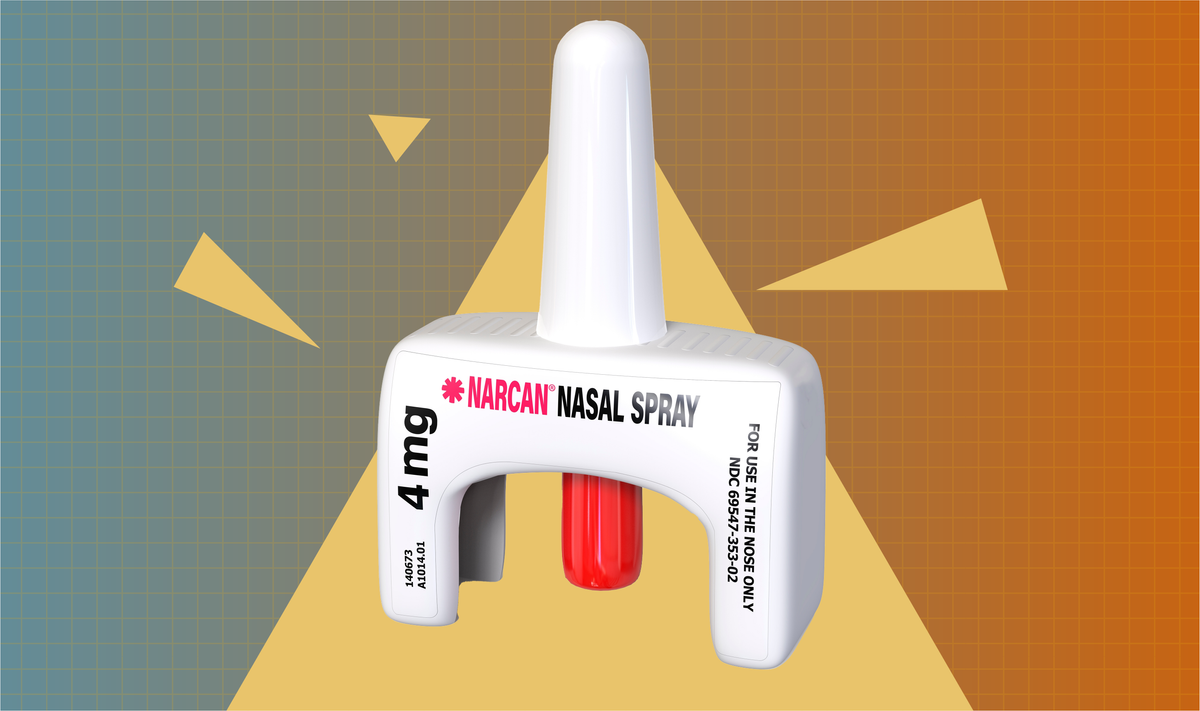Video highlights importance of carrying naloxone
Plus, posts discussed naloxone access in Philadelphia and Rhode Island.

Plus, posts discussed naloxone access in Philadelphia and Rhode Island.
Last week, a popular video noted how potential budget cuts to a naloxone distribution program could lead to more overdose deaths. Other social media posts discussed a Philadelphia bill that could hinder overdose prevention efforts, plus a recent uptick in overdose deaths across several Rhode Island counties. Many commenters highlighted the importance of carrying naloxone.
In response, communicators may explain how naloxone and drug test strips prevent overdose deaths and where people can access them.

Insights brought to you by the reporters and science writers of Public Good News (PGN), a nonprofit newsroom dedicated to improving community health.
What’s trending nationally in conversations about substance use
On May 7, a TikTok user shared a video highlighting the potential impact of proposed budget cuts on a federal program that distributes naloxone to first responders and health care providers. The TikTok user described a hypothetical scenario in which a rural teen smokes marijuana that is unknowingly laced with fentanyl (however, the risk of encountering fentanyl-laced marijuana is low and many anecdotal reports about it have been found to be false). The teen’s friends call 911, but when first responders arrive, they do not have naloxone to revive him, since there is no federal grant program to provide it. The video received approximately 1.7 million likes, 68,000 shares, and 38,000 comments as of May 14. Most commenters expressed support for naloxone access and lamented that people in rural areas may struggle to find naloxone nearby.
On May 8, Philadelphia’s city council approved a bill that would require mobile medical providers that offer naloxone and other services in the city’s Kensington neighborhood to operate in a small, designated area. Articles reported that harm reduction advocates are raising concerns that the bill could make it harder for residents to access lifesaving services and lead to more overdose deaths. Social media users on TikTok and Facebook discussed the bill. Some expressed stigmatizing attitudes toward people who use drugs and alleged that providing naloxone “enables” drug use, while others spoke out against the bill and highlighted the importance of harm reduction tools.
On May 9, the Rhode Island Department of Health issued an alert about a recent increase in overdoses across several counties. The alert noted that illegal drugs are often unknowingly mixed with fentanyl and encouraged people to carry naloxone. The department shared the alert on Facebook, where many commenters stressed the importance of carrying naloxone, and one encouraged people to use fentanyl test strips. Others expressed stigmatizing attitudes toward people who used drugs and blamed immigrants for bringing fentanyl into the U.S. One commenter lamented the price of naloxone—which typically costs about $45 for two doses over the counter—and others explained that it may be available for free.

Recommendations brought to you by the health communication experts behind Infodemiology.com.
Recommendations for public health professionals
Each week, the Infodemiology.com team will provide messaging recommendations in response to some of the trending narratives outlined above. These helpful tips can be used when creating content, updating web and FAQ pages, and developing strategy for messaging about opioids.
Conversations about naloxone in multiple contexts show that the public is aware of naloxone but may need more information about where to access it. Messaging may explain that naloxone—often sold under the brand name Narcan—can reverse an opioid overdose. Communicators may outline the signs of an opioid overdose and explain that anyone can carry and administer naloxone. Bystanders witnessing a possible overdose should dial 911, administer naloxone, check for breathing, perform CPR if trained in it or if instructed by a 911 operator, and stay with the person until first responders arrive. If overdose symptoms do not resolve, give additional doses of naloxone every two to three minutes until the person begins to breathe normally or until help arrives. In many states, Good Samaritan laws protect people who are overdosing and those assisting them from certain legal penalties. Communicators may stress that naloxone does not increase drug use.
In light of concerns about fentanyl-laced street drugs, communicators may explain that fentanyl test strips help people determine whether their drugs contain fentanyl so they can make educated decisions about drug use. Messaging may also explain how to use drug test strips and emphasize that the only way to know for sure if a drug contains fentanyl is to test the entire batch. Since drug test strips are considered “drug paraphernalia” and are therefore illegal in some states, communicators should ensure that messaging reflects their state’s drug checking equipment laws.
